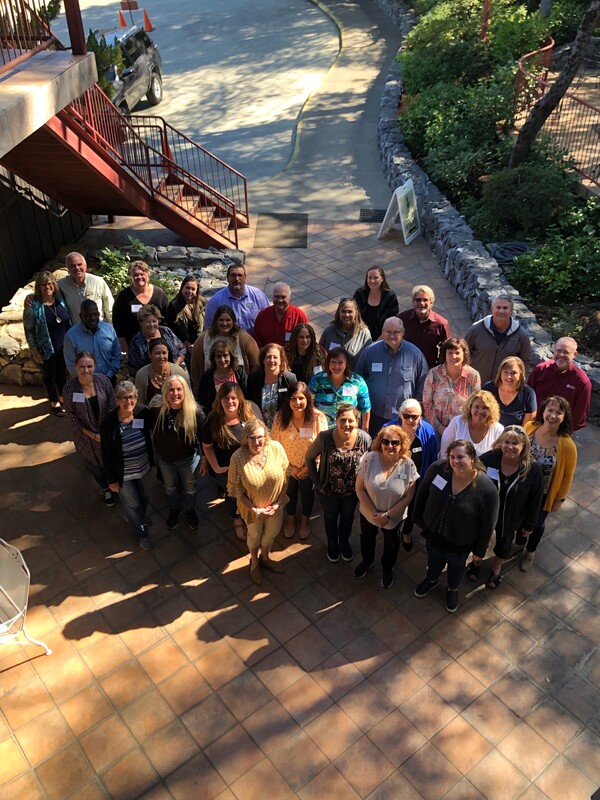www.tfhd.com
(Tahoe/Truckee, Calif.) – Tahoe Forest Health System announces that it will hold its 30th Annual Winter Illness and Injury Symposium on Monday, December 5, 2022, from 3 pm to 9 pm. The event will be held at the Hyatt Regency Lake Tahoe Resort, Spa & Casino on 111 Country Club Drive, Incline Village, NV 89451.
The 2022 Winter Illness and Injury Symposium will comprise of an educational and entertaining evening of speakers and presentations, including:
- Winter Injury Meeting Kick-Off
- Death Communication: A Toolkit for First Responders, Ski Patrol, and Healthcare Providers When Delivering Difficult News
- Little Humans, Big Differences: Contrasts in Pediatric Trauma
- Master Your Mindset, Unlock Your Life
The event is open to all EMTs, ski patrol, paramedics, firefighters, law enforcement, RNs, PAs, NPs, physicians, SAR members and other mountain and medical professionals.
The registration fee to attend the event is $25 per person and will include dinner, a vendor expo, raffle prizes and continuing education (CE) credits. To register, visit: www.tfhd.com/register. The registration deadline is November 30, 2022. Space is limited.
For more information about the event, call: (530) 582-3543, or e-mail: education@THFD.com.
#####
About Tahoe Forest Health System
Tahoe Forest Health System, which includes Tahoe Forest Hospital in Truckee, CA, and Incline Village Community Hospital in Incline Village, NV, offers 24-hour emergency care, urgent care, primary and specialty health care clinics including Tahoe Forest Orthopedics and Sports Medicine, Commission on Cancer (COC) accredited cancer center, the Gene Upshaw Memorial Tahoe Forest Cancer Center, and the Joseph Family Center for Women and Newborn Care. With a strong focus on high quality patient care, community collaboration, clinical excellence and innovation, Tahoe Forest Health System is a UC Davis Rural Center of Excellence. For a complete list of physician specialties and services, visit www.tfhd.com



